
Review on 💾 SP 1TB SSD Review: Boost Performance with 3D NAND, SLC Cache & SATA III Interface - SP001TBSS3A55S25 by Jeffrey Mosqueda

1TB - Model A55 / 2.5 SDD
I copied my OS (operating system) directly from a mechanical hard disk drive (HD) to an SSD using Macrium Reflect. Windows 10/64-bit boot time is never "fast" {even with an SSD - around 20-25 seconds from BIOS logo to Windows logon}. There will be a noticeable difference in speed when launching heavy applications such as Photoshop, games, photos, etc. The loading time depends on various factors. The speed of Silicon SDD is the same as Samsun 860 EVO 1TB (sequential read/write speed up to 550/520MB/s). My tests show an A55-1TB silicon SSD running at 550/440MB/s (screenshot included with this test). My speeds were not tested with an "empty" drive, I tested an A55/SSD with a fully running OS (20% of the drive was full during the test). It's a quick ride at a reasonable price. If anything happens to the hard drive within a certain period of time, I'll come back to update this review (if possible). I use three different silicon SSD options: 1TB, 480GB, and 256GB. (Desktop, Laptop, Desktop) All three SSDs match or exceed the speed of their competitors. Note for all Windows users: Please change the advanced settings / hard disk timeout in the control panel if you are not bothered by very noticeable latency peaks. when you open or start applications/documents. This is located under "Control Panel", enter "Performance" in the search field at the top right and "Edit power plan" in the left window. "Change advanced power settings", expand "Hard Drive" by clicking the + icon to the left of it. Click the + icon to the left of "Turn off disk after", click "Setting" to change the value to 0 minutes. (do this for M.2/NVME/SSD), otherwise you will wonder why your high speed drive is "slow". UPDATE: I bought about 5 Silicon SSD (2.5) drives. ALL 5 are still working very well after 5 months. I ran speed tests on some of them every month (I have several sizes: 256, 512, 480, 1TB). The speed is stable. This means you get a slight change (faster or slower) in the speed test numbers, but nothing significant. If you're worried about data loss, get a second hard drive (mechanical if you want). Get Macrium Reflect, Home Edition and you can make a direct copy of your operating system boot disk to an image file. Macrium is a British software company that produces powerful free (home) software. There are great videos on YouTube on how to do it, very easy. Don't forget to buy a USB drive (2GB is more than enough) to boot from the media for recovery purposes.
- Wow
- boring packaging
New products
Comments (0)
Top products in 🧰 Computer Internal Components
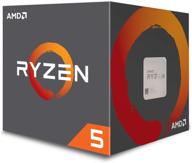
🔋 Power Up Your Gaming Rig with AMD Ryzen 5 2600 Processor with Wraith Stealth Cooler - YD2600BBAFBOX

116 Review
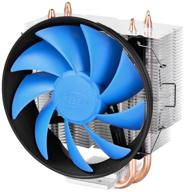
Deepcool GAMMAXX 300 CPU cooler, silver/black/blue

166 Review
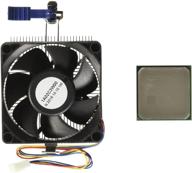
💪 AMD FD6300WMHKBOX FX-6300 Black Edition: 6-Core Processor with Unparalleled Performance

134 Review
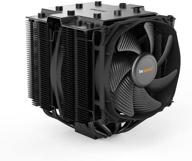
🌬️ Silent Cooling Power: Dark Rock Pro 4 CPU Cooler with 250W TDP, BK022

134 Review
Another interesting products
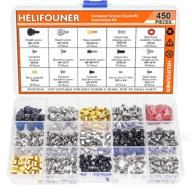
🖥️ Helifouner 450-Piece Computer Standoffs Spacer Screws Kit: Ideal for Hard Drive, Motherboard, Fan, Power Graphics & Computer Cases

10 Review

Comprehensive 500pcs Laptop Screw Kit Set for 🔩 IBM HP Dell Lenovo Samsung Sony Toshiba Gateway Acer

12 Review
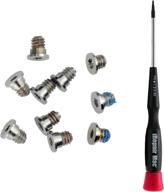
MacBook Retina 13-inch (A1425, A1502) and 🔩 15-inch (A1398) Bottom Case Screw Set with Pentalobe Screwdriver

11 Review
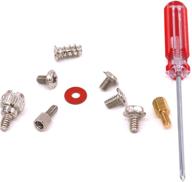
Glarks 660 Pieces Phillips Assortment Motherboard

10 Review

